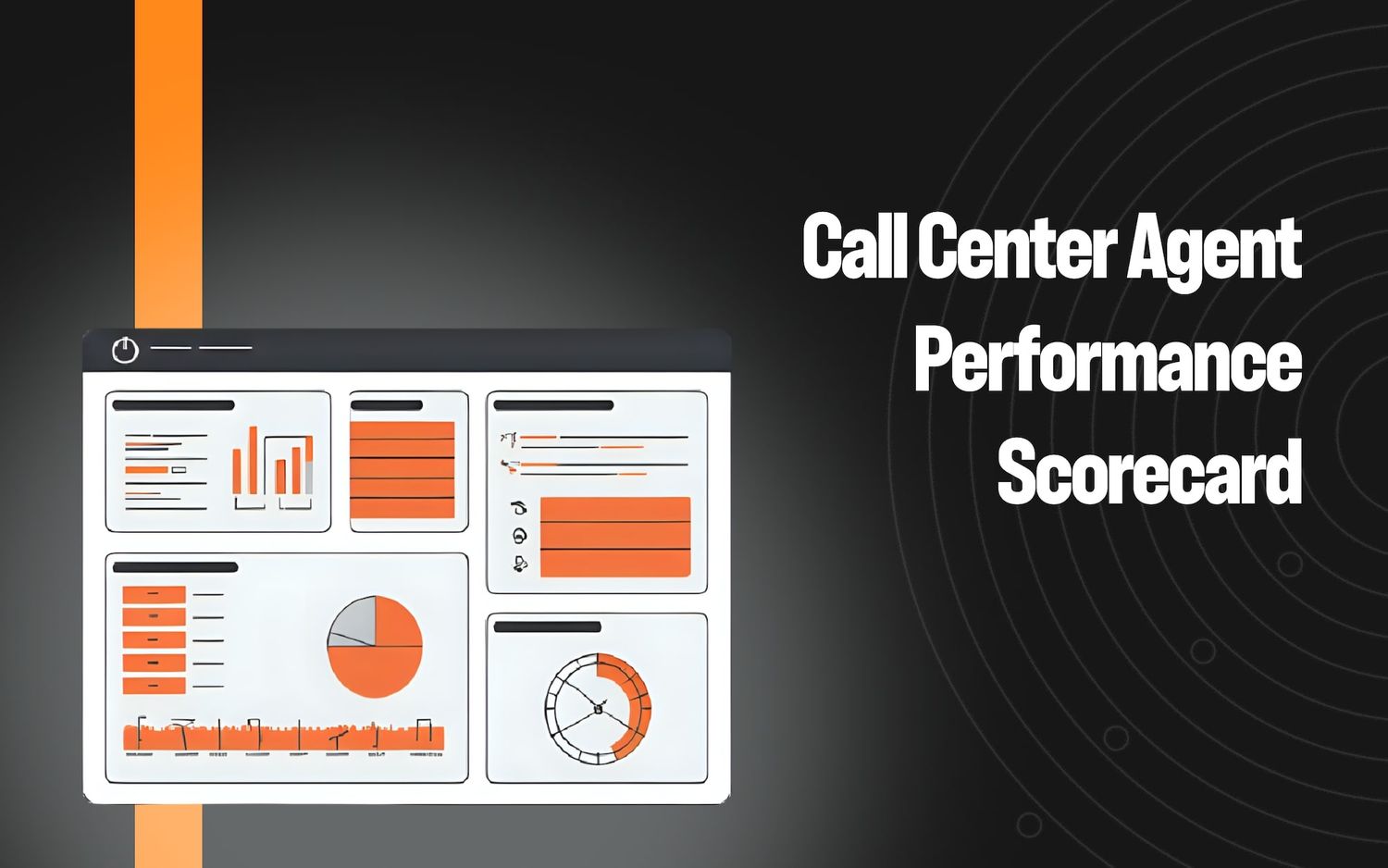Service Swarming: Combining AI and Human Talent for Optimized Contact Center Communications


When you combine the power of artificial intelligence (AI) with human intelligence and talent in the contact center, you can achieve a comprehensive database of customer interaction data. There’s a name for this — service swarming.
What Is Service Swarming?
Service swarming involves building comprehensive knowledge bases over time to help resolve customer tickets faster and more efficiently. It’s a perfect concept for contact centers and their teams because of the amount of data that comes in through customer interactions and involves a powerful hybrid approach of both AI and human decision-making.
Also known as case swarming or intelligent swarming, the idea is to bring together data and insights from all areas. It uses data collection and analysis tools, as well as collaboration with other teams — combining both the human and AI collaboration to fully inform contact centers. Using these sources, service swarming compiles customer interaction data into internal and external knowledge bases.
What Are the Benefits of Service Swarming?
Service swarming taps into human knowledge from across the company, as well as data collection and insights powered by AI, and centralizes it for contact center agents. Here are seven ways service swarming benefits contact center agents when it comes to real customer interactions and professional growth.
1. Personalized customer engagement
Customers are easily frustrated when passed around from channel to channel and agent to agent. In fact, 82% of customers expect to resolve even complicated problems with just one person. Service swarming reduces the complexity by allowing one agent to be the single point of contact throughout the case. In turn, the agent becomes a trusted contact and creates a personalized relationship that fosters brand loyalty.
2. Accelerated skills development
In a tiered support model, knowledge is spread out among many sources of information. If an agent escalates a ticket due to its difficulty, they lose out on a valuable learning experience.
Service swarming provides agents the opportunity to learn from other departments and skill levels, building expertise that would otherwise take years to build.
3. Scaled automation
Customers expect contact centers to balance speed and quality, but 63% of agents say it’s difficult to create that balance. Automating repetitive tasks reduces time and costs while increasing team efficiency at scale. Instead, call center agents can use their bandwidth to focus on more complex tasks and provide personalized attention.
4. Team collaboration
By centralizing all customer interaction data into one location, agents can gain access to a built-in database of information from teams across the company, not just the call center. All teams company-wide can have access to and input relevant data to help each other resolve cases faster and more efficiently.
5. Evolved success metrics
Performance metrics like average handle time (AHT) and first-contact resolutions are top-of-mind when measuring contact center success. However, those metrics are not always the most applicable in service swarming scenarios. Rather, lower customer effort scores, escalation rates, and case handoffs take priority. With these key performance indicators (KPIs), contact center managers can track improvements in agent productivity, satisfaction, and retention.
6. Better customer self-service tools
The data compiled through service swarming can also be organized and made accessible to customers in the form of improved self-service tools. These include FAQs and knowledge bases that can answer simple queries for customers, prior to their interaction with the human agent.
7. Heightened agent productivity
By creating more opportunities for customers to identify answers themselves through self-service tools, call center agents are freed up to focus on interactions that require a more critical eye or a more personal and empathetic approach. Also, by increasing the efficiency with which interactions are resolved, agents don’t need to be spread across many interactions at once, allowing them to be more productive and focus more fully on one case at a time.
How to Collect and Utilize Service Swarming Data
For efficient service swarming, contact centers need a unified, centralized data collection and analysis system. Specifically, contact center managers should implement a system that uses AI to:
- Understand customer intent with semantic intelligence and NLU
- Categorize calls based on defined criteria
- Analyze customer-agent interactions
- Store everything in a centralized, accessible database where agents and other company employees can use it to provide efficient customer service
To learn more about how to effectively use AI for service swarming and other contact center techniques, schedule a demo with the team at Level AI today.
Keep reading
View all





